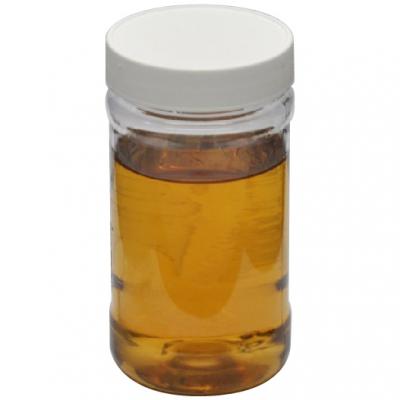The textile industry is a fascinating world where raw materials are magically transformed into a myriad of fabrics, garments, and textiles that surround us in our daily lives. Behind the scenes, a group of unsung heroes known as textile auxiliary agents plays a crucial role in this process. In this blog, we'll explore the journey of textiles from dyeing to finishing and how these auxiliary agents work their magic to enhance and optimize fabric properties.
Understanding Textile Auxiliary Agents
Textile auxiliary agents are a diverse group of specialty chemicals that facilitate various stages of textile processing. From dyeing and printing to finishing, they act as indispensable assistants, ensuring smooth operations and desired outcomes. We'll shed light on the different types of auxiliary agents and their specific roles in the textile value chain.
Enhancing Dyeing and Printing Processes
When you admire the vivid hues of your favorite garments, you have textile auxiliary agents to thank. These agents play a crucial role in dyeing and printing processes, ensuring optimal dye dispersion, color fastness, and evenness. Discover how they help textile manufacturers achieve consistent and brilliant colors that captivate consumers' hearts.
Optimizing Fabric Finishing
The finishing stage is where textiles receive their final touch of excellence, transforming raw fabrics into refined, functional products. Textile auxiliary agents contribute to various finishing processes, such as softening or wrinkle resistance. We'll explore how these agents add value to textiles, making them more comfortable, durable, and suited for specific applications.
Addressing Environmental Concerns
In recent years, the textile industry has faced increasing scrutiny regarding its environmental impact. Textile auxiliary agents are no exception, but the industry has responded with a focus on developing eco-friendly alternatives. We'll discuss the strides made in sustainable textile processing through the use of green auxiliary agents and the importance of responsible chemical management in preserving our planet.
From dyeing to finishing, these unsung heroes quietly and diligently work behind the scenes to optimize fabric properties, enhance colors, and ensure functional excellence. As the textile industry embraces sustainability, auxiliary agents also play a crucial role in steering the path towards greener and more responsible textile processing. Next time you don your favorite garment or use a functional textile product, take a moment to appreciate the journey it has undergone, guided by the magic touch of textile auxiliary agents.



 English
English  日本語
日本語  Español
Español  tiếng việt
tiếng việt  Türkçe
Türkçe  ไทย
ไทย  українська
українська  हिंदी
हिंदी  বাঙালি
বাঙালি  اردو
اردو 

